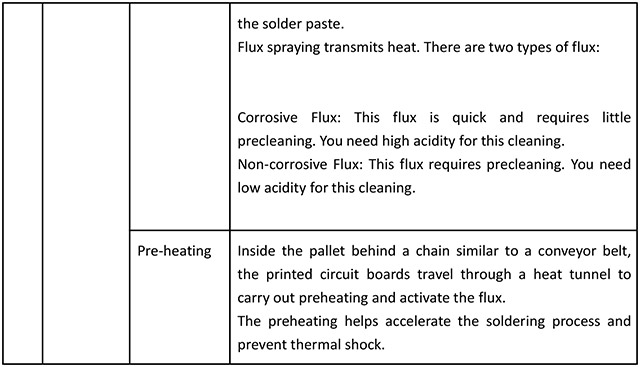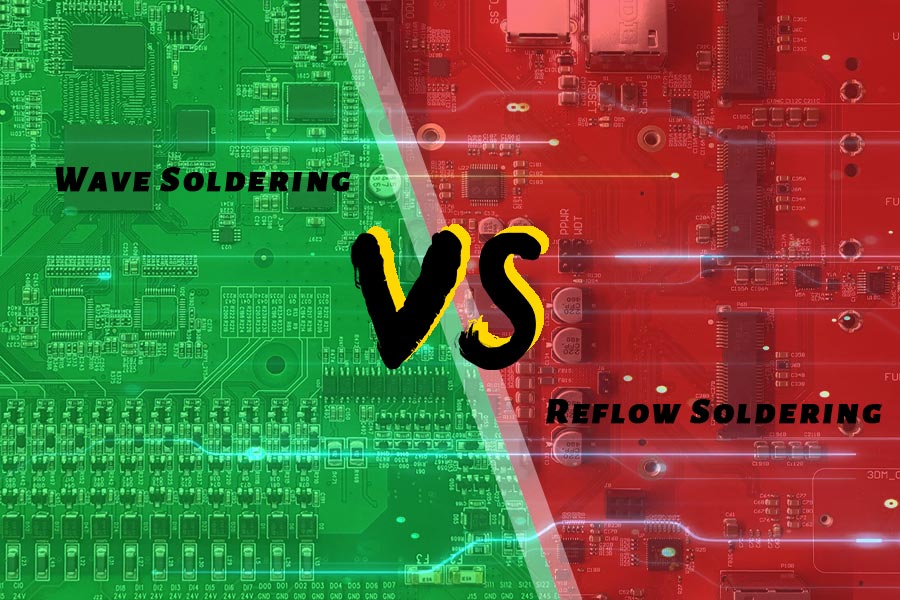

Careful control of the quantities of flux are needed. Flux is applied to the side of the board to be soldered, i.e.
#REFLOW VS WAVE SOLDERING FREE#
To ensure that the areas to be soldered are clean and free from oxidation, etc, flux is required. This is because it is much easier for solder bridges to occur in the direction of the solder flow. Pads that are spaced apart in the direction of the solder flow should have a greater spacing than those that are spaced at right angles to the solder flow. In view of the way that wave soldering works, where the solder wave is caused by the solder flowing out of the reservoir tank, and the board passes over it, the spacing requirements are dependent upon the direction of the board relative to the solder flow.
%B0%FA_Flow_Soldering(%C7%C3%B7%CE%BF%EC_%BC%D6%B4%F5%B8%B5)%C0%C7_%C2%F7%C0%CC%C1%A1.jpg)
If they are too close then there is the possibility that the solder may bridge the two pads causing a short circuit.

#REFLOW VS WAVE SOLDERING MANUAL#
Apart from being much faster than manual soldering, wave soldering is also produces joints with a much higher degree of reliability and this makes it ideal for large scale PCB assembly. In this way a complete board can be soldered in a matter of seconds producing joints that are reliable mechanically and electrically.

The wave soldering process gains its name from the fact that the process passes the printed circuit boards to be soldered over a wave of solder. Despite this, wave soldering remains as a process which can be used effectively in a number of areas, especially when the PCB assembly uses a mix of leaded and SMT components. Wave soldering is far less widely used in PCB assembly than it was in previous years. Wave soldering is a technique used for large scale PCB assembly for fast soldering of boards that use either or both SMDs and leaded components.
#REFLOW VS WAVE SOLDERING HOW TO#
See also: Soldering basics Manual soldering: how to solder Soldering irons Tools for soldering Solder - what it is and how to use it De-soldering - the secrets of how to do it properly Solder joints SMT soldering techniques Wave soldering Reflow soldering Soldering BGAs What is solder paste & how to use it Wave Soldering - for PCB assembly One of the techniques that has been used in PCB assembly is wave soldering as it provides swift soldering for boards using either or both SMT and leaded devices.


 0 kommentar(er)
0 kommentar(er)
